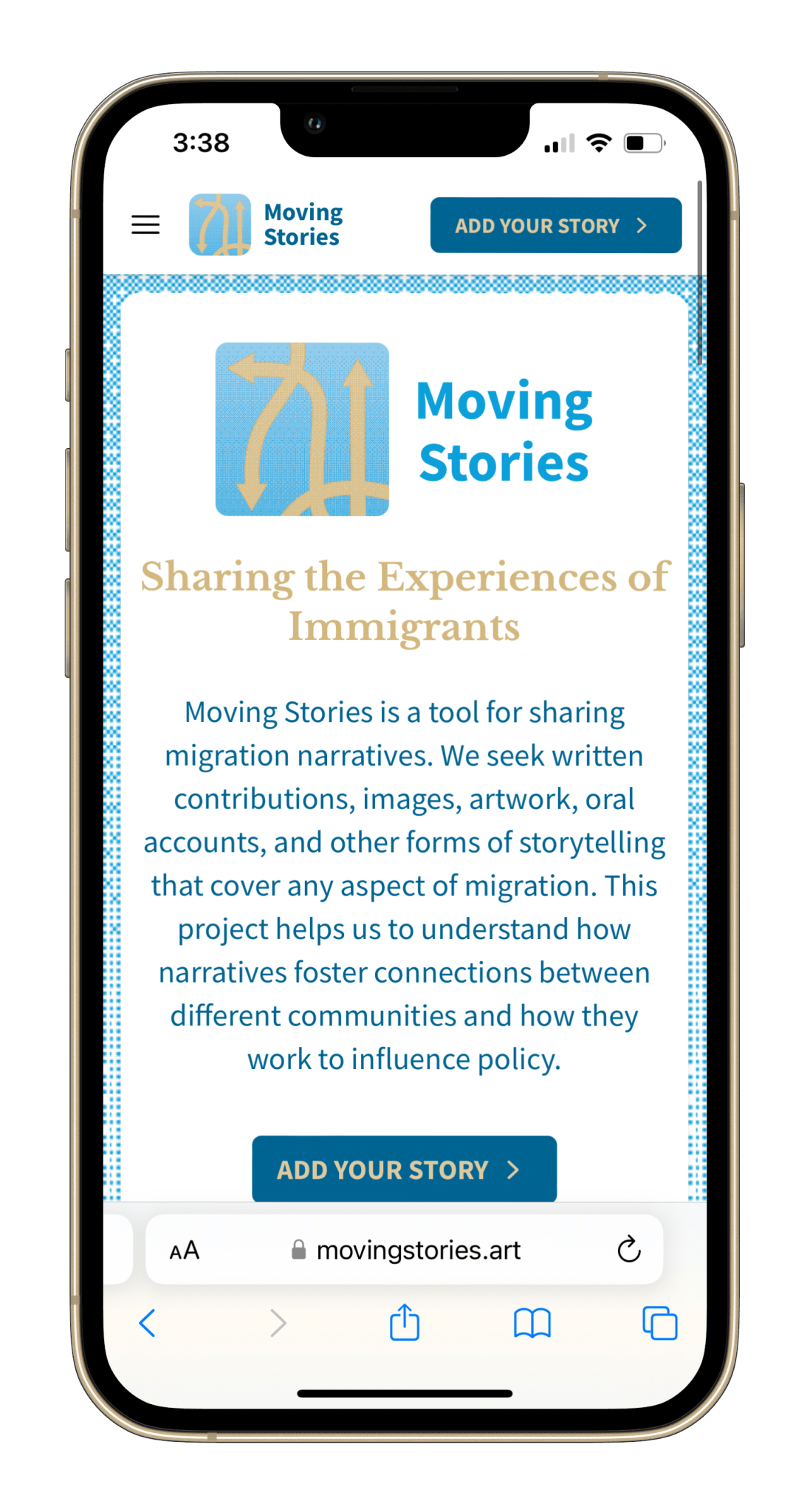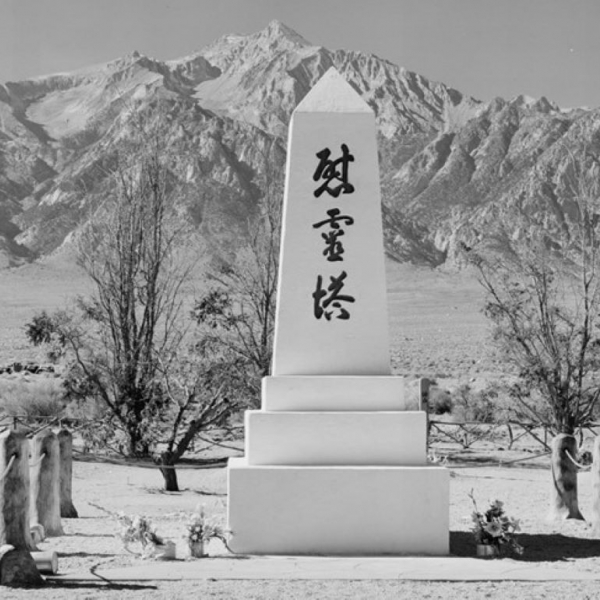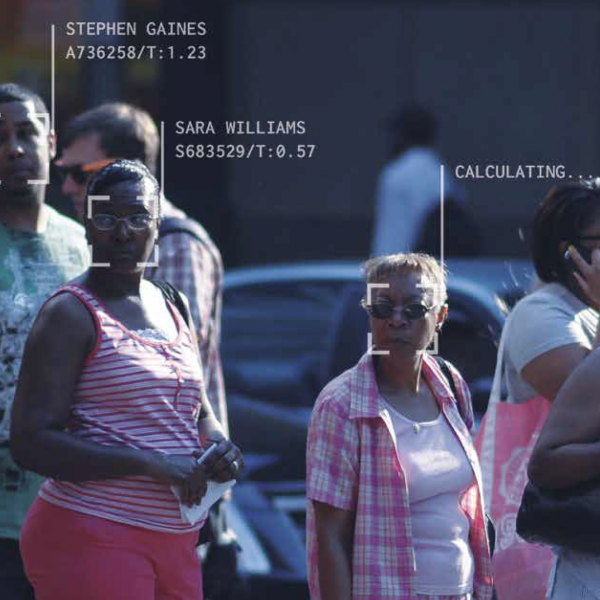Tabea Linhard (professor of global studies, Spanish and comparative literature), Ariela Schachter (associate professor of sociology) and Ila Sheren (associate professor of art history and archaeology) lead the team behind Moving Stories, an initiative launched in 2022 to bring together experts from academia, the arts and advocacy organizations to foreground immigrant narratives across different practices.
What is a migration story? While there is no easy or straightforward answer to this question, much less one that would satisfy everybody, our digital tool Moving Stories allows participants to define and decide what kind of migration story they would like to share.
To say that immigration is one of the most contentious topics of our present is to state the obvious. Wherever one turns, stories about migration are at the core of anything and everything that shakes up the world. This also means that academic studies of migration require cross-disciplinary and multidimensional approaches as well as the capacity to pay attention, listen to and showcase the voices of those whose lives are shaped by migration.
It is with those thoughts in mind that we first conceived our research project Moving Stories in 2022. As its title indicates, Moving Stories is as much about narrative as it is about mobility and emotion: We are interested in immigrant stories and in the ways in which their stories move others — emotionally, intellectually and even politically. More specifically, we wanted to find out whether telling and reading stories about immigration can foster better understanding between migrants and non-migrants, as well as those who do not feel comfortable choosing between these two options.
Our own “Moving Stories story” began with listening: We held listening sessions with different constituencies on and off campus and quickly learned that to work productively with local and national immigrant communities, service providers, with other collaborators, this project required a long-term commitment, a strong and diverse team and the trust of local governmental and nongovernmental organizations.
Our first public event was a roundtable held in October 2022 featuring community members and WashU faculty, which was then followed by our biggest event thus far. In February 2023 The Luminary, a “platform for art, thought and action” located in the heart of Cherokee Street, opened its doors to “Moving Stories in the Making: An Exhibition of Migration Narratives.” Co-curated by art history PhD student Jay Buchanan, and featuring works of Janna Añonuevo Langholz, Arleene Correa Valencia, Zlatko Ćosić, Mee Jey, Amanda Phingbodhipakkiya, Kiki Salem, Rafael Soldi and Laurencia Strauss, the exhibit led to reflections about the burdens, the losses, the fears, as well as the hopes and joys, involved with migration.

The exhibit also served as the unofficial launch of the digital tool, designed to invite participants to share the aspects of their story that they choose. Yet this web-based app is not just a repository of stories (even though it is that, too). This tool will allow us to eventually measure if and how perceptions of immigrants change once subjects have been exposed to these moving stories, in all senses of the term. We decided to not qualify stories in any way: We are not asking for narratives of hardship or loss; we are not prompting participants to write about hostility or hospitality, but to simply to share a migration story that they find meaningful.
While the exhibit was successful, we must admit that the launch of our app was not what we first expected it to be. We had originally thought that the works of art would inspire and encourage visitors at The Luminary to use our digital tool. And yet that did not happen: While the app can be used on any smart phone and while computers were available to use it in the gallery, a public space, we learned, was not the most conducive location to share a migration story. Moreover, this early version of the app still came with several barriers and bugs that did not make it as user-friendly as we hoped it would be.
Since then, we have held several focus groups in collaboration with Welcome Neighbor STL and the Migrant and Immigrant Community Action Project (MICA), worked with the developers and are still raising funds to introduce a more advanced version, which will include enhanced efforts to protect all participants’ identities. We are now planning an intense recruitment campaign that acknowledges the trials of an increasingly hostile political climate, when our community partners are facing enormous if not existential challenges. While we don’t know whether the kind of bridges we want to build with this project will withstand, we remain hopeful that anybody moved by migration — which means everybody — considers sharing or reading a story. We know well that Moving Stories will not solve any of the multiple crises connected to migration, but it is our hope that it will foster better understanding and center the dignity of all people on the move.
Headline image: Photographer Rafael Soldi’s Entre Hermanos was displayed at Moving Stories in the Making (March 2024), an exhibition of migrant narratives, as rendered by a diverse group of local and national artists.




